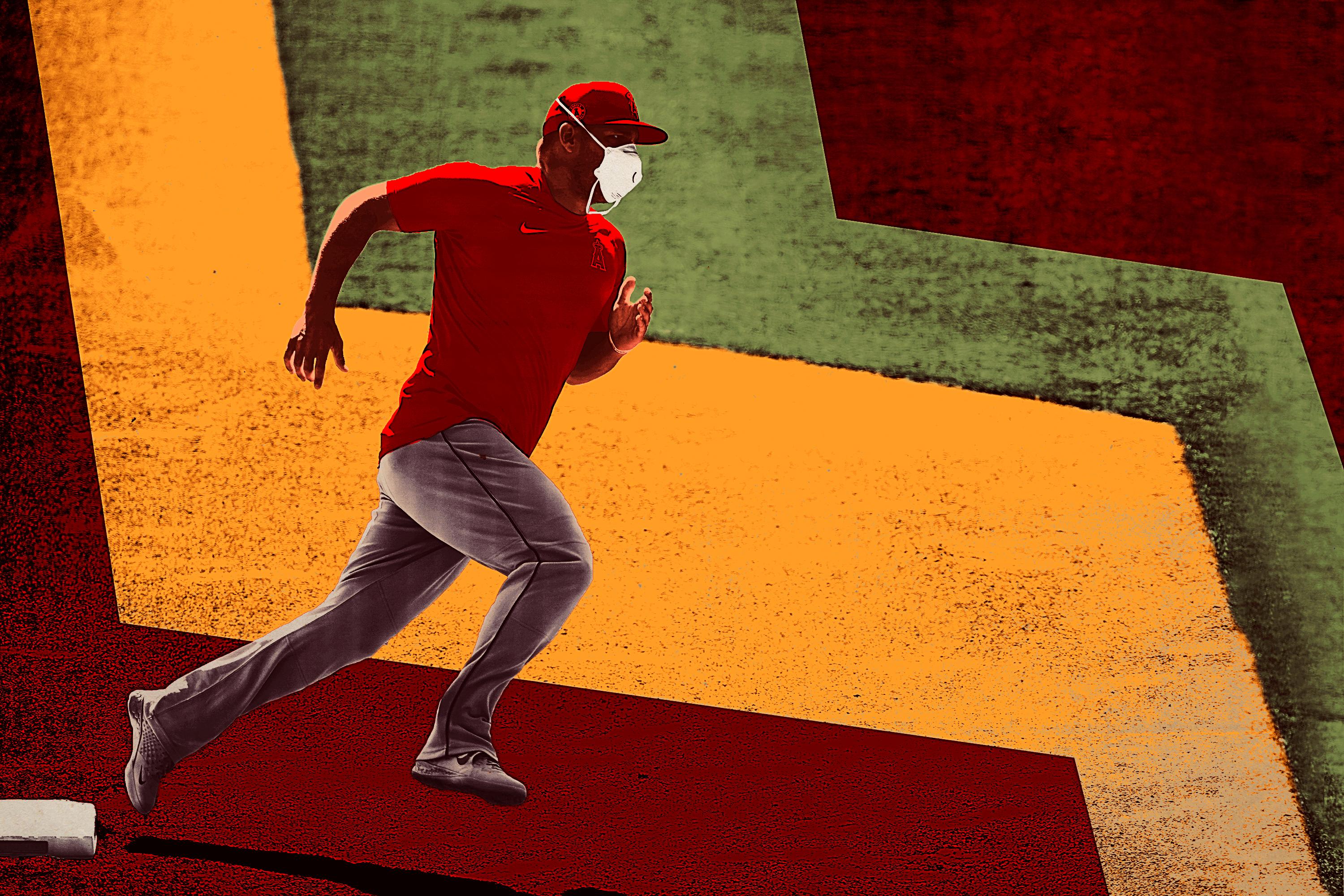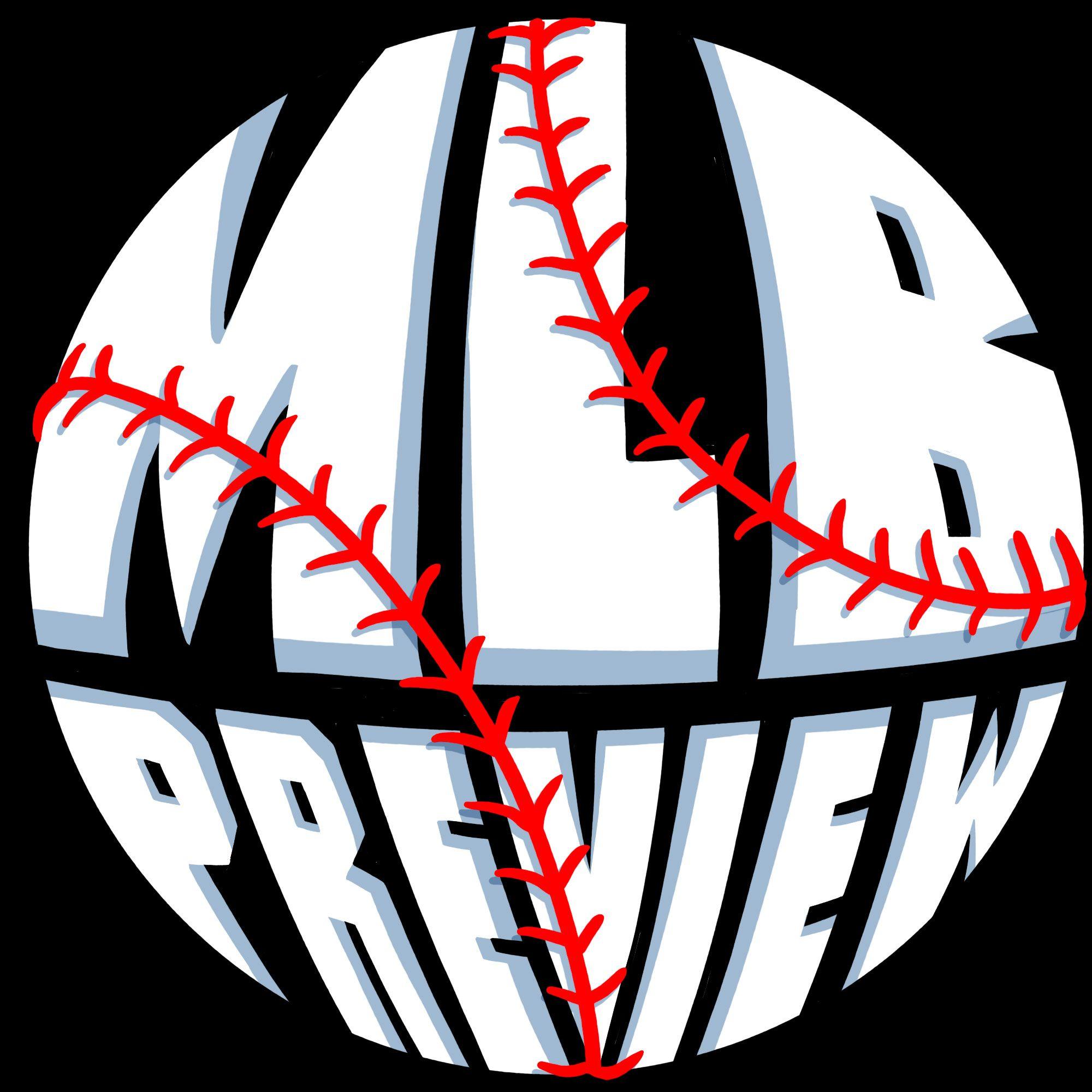
The 2020 MLB season is supposed to be a distraction from the coronavirus pandemic and a signal of progress toward the renormalization of American life. Commissioner Rob Manfred declared back in March, shortly after the season was postponed, that baseball “will be part of the recovery, the healing.” Even Mitch McConnell, the Senate majority leader, climbed aboard the bandwagon, telling Manfred on a phone call this spring, “America needs baseball. It’s a sign of getting back to normal.”
The start of the reconstituted regular season is just two weeks away, and it’s hard to imagine a more glaring indicator of abnormality. The closer the season approaches, and the clearer we see that neither MLB specifically nor the country at large has the proper protocols to control the spread of COVID-19, the more this quixotic hope of distraction is rendered illusory. Rather than a distraction or a sign of progress, the 2020 MLB season will be a massive manifestation of coronavirus anxiety, and a sign of how far we still have to go.
The latest depressing indicator involved a series of testing failures over the weekend, as teams attempted to manage a player intake process at new spring training–style camps. Yet a lack of timely test results, which MLB blamed on a backlog caused by the July 4 holiday at the sport’s one designated lab, forced numerous teams—including the Nationals, Astros, Cardinals, Athletics, Angels, and Diamondbacks—to cancel or delay workouts on Monday. (“Unfortunately, several situations included unforeseen delays,” the league’s statement said, setting a new standard for passive apologia.) On Tuesday, the Giants added to the list of teams suspending workouts, and the Cubs delayed practice while waiting for test results.
The inauspicious start meant both health risks—in addition to testing issues, promised personal protective equipment didn’t arrive as expected—and competitive disadvantages during an abbreviated ramp-up period before the regular season. General managers weren’t shy about voicing their frustrations. (The Washington Post’s Barry Svrluga reported that Manfred was upset at Washington GM Mike Rizzo for his pointed comments.) MLB is already reportedly searching for a second lab to increase testing capacity after the weekend’s problems.
Although MLB expressed public confidence in its testing plan, the players don’t seem mollified by the failed first efforts. As Nationals closer Sean Doolittle—who won’t live with his wife during the season because she’s at high risk due to a chronic lung condition—said over the weekend, “You’re always kind of waiting for more bad news.”
Other prominent players expressed concern after seeing the mess in the first few days of camp. Giants catcher Buster Posey admitted he still has reservations about playing this season. Cubs third baseman Kris Bryant said Monday, “I wanted to play this year because I felt that it would be safe and I would be comfortable. Honestly, I don’t really feel that way.” Dodgers pitcher David Price opted out of play entirely after spending a day at the team’s facility.
The sport’s brightest stars are equally anxious. Mike Trout, the best player in baseball, said last week, “I still don’t feel that comfortable,” and he didn’t commit to playing the whole season because his wife is pregnant and due in August. In the meantime, he settled on practicing in a mask, casting a powerful visual reminder of the inseparability of the 2020 season and the pandemic.
Mookie Betts, the second-best player in baseball, said this week that he’s not confident in the league’s testing procedures. When asked about the season being completed, he warned, “We have to get to the season first.”
Yet if we truly do get to the season, thoughts of COVID-19 won’t disappear. It will remain a hovering, anxious cloud over every ballpark, hopping along every day of the schedule. Reminders of the coronavirus will be present in the unusual additions to a baseball game, like masks and “wet rags” on the mound—and as with a minimalist painting, where the real story emerges from what’s missing from the piece, reminders will be especially present in the absence of the standard scenes and paraphernalia naturally associated with the sport.
Even then, we’ll feel the weight of the virus not just in the lack of fans in the stands, or spit on the field, or raucous group celebrations after a walk-off home run, but in the absence of the players who inspire fandom fervent enough to make the dream of a distraction possible. A couple handfuls of players, like Price and reigning Nationals playoff hero Ryan Zimmerman, won’t play at all this season as they prioritize health and family over the sport. And many more may miss time as the virus continues its spread across the country.
Even if players who test positive are asymptomatic and suffer no ill effects, their entire season could be compromised. Wunderkind Oakland southpaw Jesús Luzardo must sit out for around two weeks after testing positive, meaning he might not be stretched out by Opening Day, and his promising rookie campaign derailed before it’s even begun.
Others may miss time without a positive test; Aaron Nola needed to quarantine for seven days after coming in contact with someone who had tested positive, despite showing no symptoms of his own. And it took an equal amount of time to determine whether Joey Gallo had contracted the virus, after he’d recorded both positive and negative tests on consecutive days. (As I was finishing this piece Tuesday evening, Gallo apparently tested negative again, in case I needed another metaphor for how uncertain the process looks.)
Those are the proper and necessary safety precautions. But imagine if those circumstances arose during the season—Nola is the Phillies’ ace, Gallo the Rangers’ best position player, and seven days of isolation even in the best-case scenario would still mean missing 10 percent or more of the schedule.
And that’s the dispiriting outcome when players remain relatively healthy. There are far bleaker scenarios, too, that will invariably intrude on enjoyment of the sport this season. How will Atlanta fans remain distracted when observing the Freddie Freeman–sized hole in their team’s lineup, with the star first baseman out for “a while” as he suffers from the virus? Heck, how will an Atlanta teammate stay fully focused on his sport?
According to his wife’s Instagram post that announced the diagnosis, Freeman has experienced “body aches, headaches, chills and a fever” after the virus “hit him like a ton of bricks.” Atlanta teammate Nick Markakis opted out of playing after speaking with Freeman about his experience, saying, “Just hearing the way he sounded on the phone kind of opened my eyes.”
Few players have spent as much time on a baseball field in recent years as Markakis; in 11 of his 14 seasons, he’s played at least 155 games, including all 162 of Atlanta’s contests just two years ago, and he leads all MLB players in games and plate appearances since he entered the league. He even has an outside chance at 3,000 career hits. Yet he was sufficiently concerned to step away for a whole summer.
The ripples expand further, beyond the clubhouse and fan base of an affected player. It’s unlikely that any analysis of a team’s standing this season could avoid COVID-19 implications.
The Phillies, Braves, and Nationals, for instance, have all been hit hard thus far with illnesses and player opt-outs. Do the Mets then gain an advantage, because they expect to compete in a close division race with those clubs? Maybe—but that’s an awfully fine line to navigate when contextualizing a widespread, threatening health issue with uncertain long-term effects. After the schedule was released Monday night, I received a text message asking which team I thought would win the NL East; it was a normal baseball question about a group of interesting rosters, but I didn’t feel particularly distracted from thoughts of the virus.
And I say that as a lifelong baseball fan who would very much enjoy the occasional distraction from the omnipresent reminders of the virus’s effects on everyday life. Over the weekend, I found myself watching a YouTube montage of middle infielders deking runners headed to second base, à la Lonnie Smith’s gaffe in the 1991 World Series, and nearly cried at the beauty. I yearn to see more of the same in real time, and I suspect that some of the current pessimism around the sport’s return will dissipate once real games resume and viewers can be delighted by strikeouts and home runs once again. I’m sure I’ll feel momentary blips of distraction as early as opening night, when Gerrit Cole and Max Scherzer duel on the Nationals Park mound.
But then I’ll notice that the runner being fooled is a backup because the starter is sick; or the next day I’ll watch the camera pan to an elderly manager with a history of health problems in the dugout; or the day after that I’ll observe the awkward dance of a masked, socially distanced mound visit, and the distraction will fade, and fade again and again, to be replaced by the thudding reminder of the health crisis that has so profoundly warped this MLB season.


